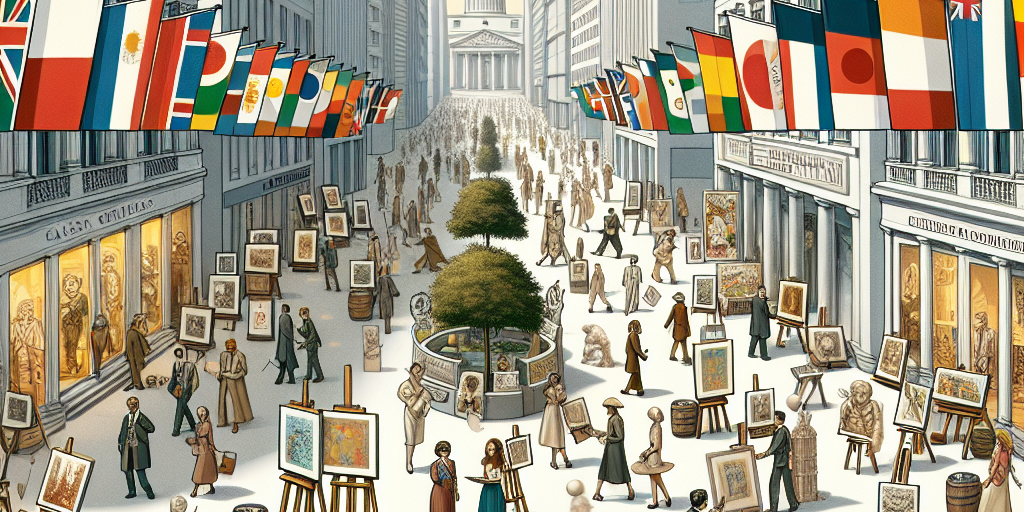The intersection of geopolitics and art is a complex and multifaceted relationship that has evolved throughout history. Art has always been influenced by the political climate of the time, and geopolitical events have often had a profound impact on the art world.
One of the most obvious ways in which geopolitics and art intersect is through propaganda. Throughout history, governments and ruling powers have used art as a tool to convey their political messages and ideologies. From ancient civilizations to modern-day dictatorships, art has been used to shape public opinion, rally support for wars, and promote nationalistic pride.
During the Renaissance, for example, rulers and wealthy patrons commissioned artists to create propaganda pieces that portrayed them as powerful and benevolent leaders. In the 20th century, totalitarian regimes such as Nazi Germany and the Soviet Union used art as a means of promoting their ideologies and controlling public thought.
On the flip side, art has also been used as a form of resistance against oppressive political regimes. Throughout history, artists have used their work to challenge authority, speak out against injustices, and advocate for social change. From Picasso’s Guernica, which protested the horrors of war, to Ai Weiwei’s politically charged contemporary art, artists have always used their work to express dissent and challenge the status quo.
Geopolitical events have also had a profound impact on the art world. The rise and fall of empires, the colonization of new territories, and the turmoil of war have all influenced the development of art movements and styles. For example, the trauma of World War I and the disillusionment that followed gave rise to the Dada movement, which sought to reject traditional values and question societal norms.
Additionally, the globalization of the art world has been influenced by geopolitics. The movement of art and artists across borders, the formation of art institutions, and the international art market have all been shaped by geopolitical forces. As political alliances shift and global power dynamics change, it directly impacts the flow of art and cultural exchange.
In today’s interconnected world, the intersection of geopolitics and art continues to be a relevant and influential force. Artists continue to address political and social issues through their work, while geopolitical events continue to shape the art world. From the refugee crisis to the impacts of climate change, contemporary artists are using their platforms to raise awareness and spark conversations about pressing global issues.
In conclusion, the relationship between geopolitics and art is complex and multifaceted. Art has been used as a tool for propaganda, resistance, and social commentary, while geopolitical events have shaped art movements, styles, and the global art market. The intersection of geopolitics and art will continue to be a relevant and influential force as long as artists continue to engage with the world around them and use their work to reflect and challenge political realities.







